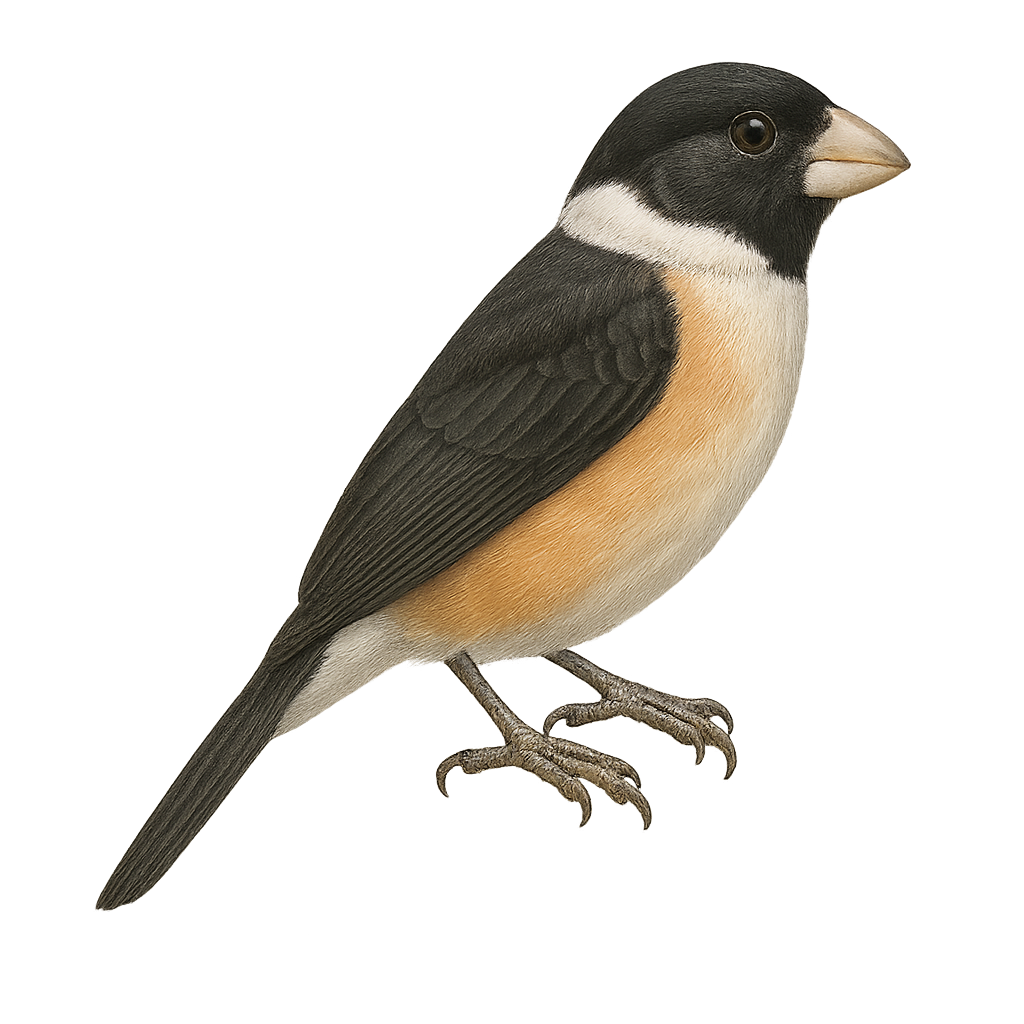Your wildlife photography guide.
Explore the white-collared seedeater in detail, study its behavior, prepare your shots.
Where to observe and photograph the white-collared seedeater in the wild
Learn where and when to spot the white-collared seedeater in the wild, how to identify the species based on distinctive features, and what natural environments it inhabits. The WildlifePhotographer app offers tailored photography tips that reflect the white-collared seedeater’s behavior, helping you capture better wildlife images. Explore the full species profile for key information including description, habitat, active periods, and approach techniques.
White-collared Seedeater
Scientific name: Sporophila torqueola

IUCN Status: Least Concern
Family: THRAUPIDAE
Group: Birds
Sensitivity to human approach: Suspicious
Minimum approach distance: 5 m
Courtship display: May to June
Incubation: 12-14 jours
Hatchings: May to July
Habitat:
Grasslands, cultivated fields, forest edges
Activity period :
Primarily active during the day, with peak activity in the morning and late afternoon.
Identification and description:
The White-collared Seedeater, or Sporophila torqueola, is a small passerine bird belonging to the Thraupidae family. It is primarily found in the tropical and subtropical regions of Central America, particularly in Mexico and Guatemala. This bird is known for its contrasting plumage: males have a distinctive white collar around their necks, while females exhibit more subdued, often brownish tones. The White-collared Seedeater inhabits open areas such as grasslands, cultivated fields, and forest edges. It primarily feeds on seeds but can also consume insects. Its melodious song is often heard at dawn and dusk, making it a favorite among birdwatchers.
Recommended lens:
400 mm – adjust based on distance, desired framing (portrait or habitat), and approach conditions.
Photography tips:
To photograph the White-collared Seedeater, choose early mornings or late afternoons when the light is soft and the bird is most active. Use a 400mm or longer telephoto lens to capture details without disturbing the bird. Look for open areas where it often feeds on seeds. Be patient and discreet to avoid scaring it away. A tripod can be helpful to stabilize your camera, especially if using slower shutter speeds due to low light.
The WildlifePhotographer App is coming soon!
Be the first to explore the best nature spots, track rutting seasons, log your observations, and observe more wildlife.
Already 1 439 wildlife lovers subscribed worldwide

